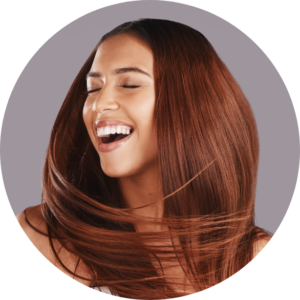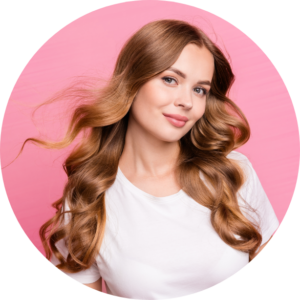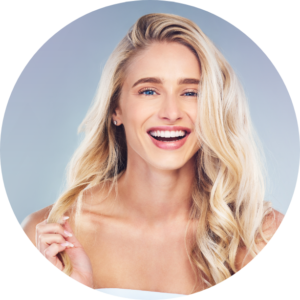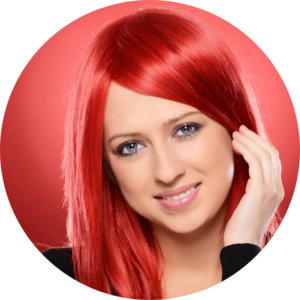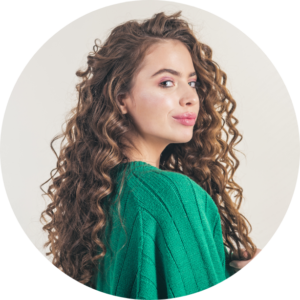Keratin Treatment: Why Hair Feels Sticky & How to Fix
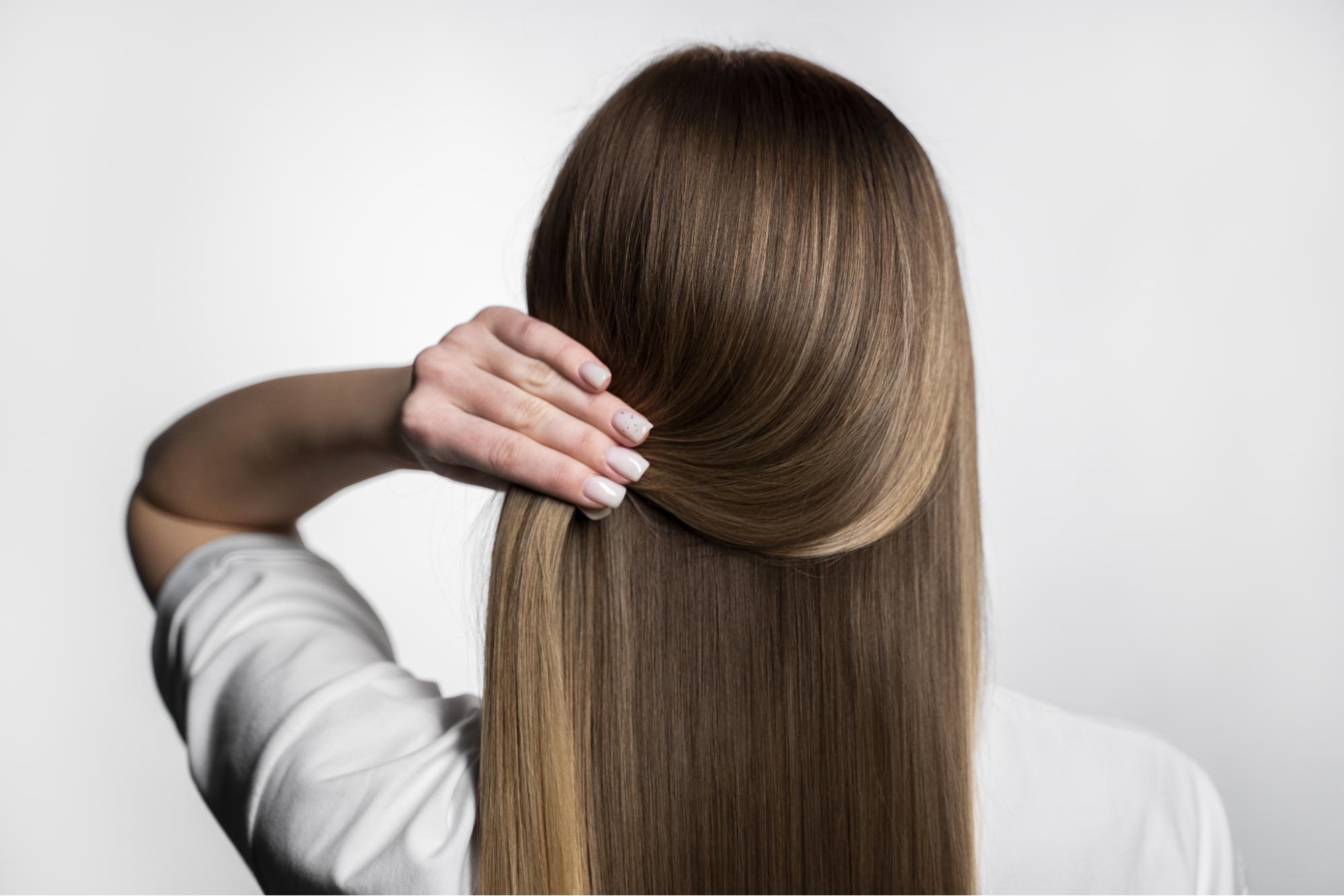
ūKeratin treatments have gained immense popularity for their ability to leave hair smooth, frizz-free, and lusciously shiny. But what happens when you leave the salon and find your hair feels sticky and weighed down? This unwelcome post-treatment experience can be alarming, especially when you’ve invested time and money into achieving perfect locks.
Explore the potential causes of hair stickiness and how to fix it so you can fully enjoy the benefits of your keratin treatment.
What is a Keratin Treatment?
A keratin treatment is a hair care procedure designed to infuse hair strands with the protein keratin, which is naturally occurring but often depleted due to environmental factors, heat styling, and chemical processing. The treatment fills in the porous spots in your hair caused by damage, making your locks smoother, shinier, and less frizzy.
It’s popular for people with curly, wavy, or frizz-prone hair because it reduces styling time and makes hair easier to manage.
During a keratin treatment, your stylist will take the following steps:
- Consultation: Your stylist will examine your hair type, texture, and needs to determine the most suitable treatment.
- Shampooing: Your hair is washed with a clarifying shampoo to remove residue or build-up, ensuring better keratin absorption.
- Application: A keratin coating is applied section by section, ensuring each strand is fully coated.
- Drying: Your hair is blow-dried to remove excess moisture, which helps the keratin to adhere.
- Sealing: A flat iron seals the keratin into the hair cuticle. This step is critical, as the heat activates the keratin, allowing it to bond with your hair.
- Rinsing & conditioning: Your stylist will perform a final rinse and apply a conditioner or sealing serum.
- Final styling: Your hair is styled as desired, and you’re given aftercare instructions to maximise the treatment’s longevity.
Depending on hair length and thickness, this multi-step process generally takes 2 to 4 hours. The results can last several weeks or even months with proper care.
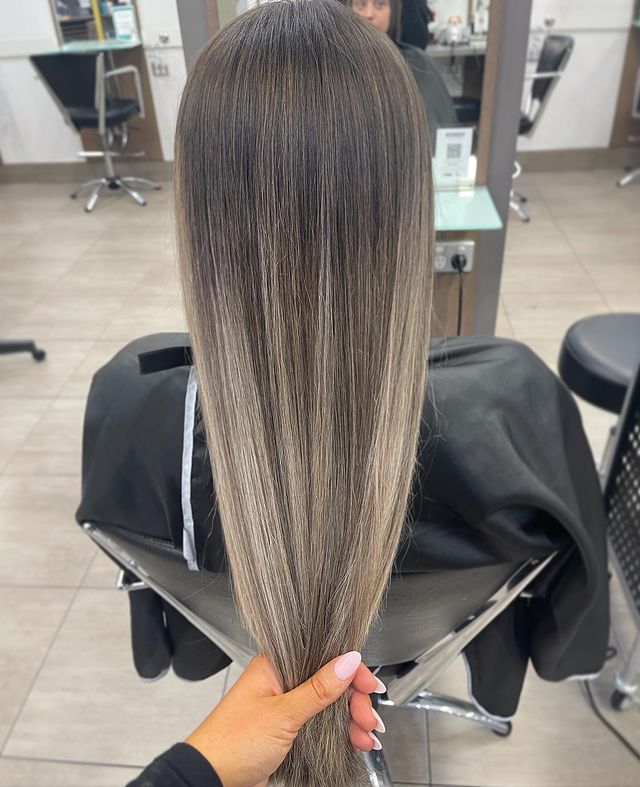
Why Does My Hair Feel Sticky After Keratin Treatment?
If you’ve noticed a sticky texture after undergoing keratin treatment, it’s essential to understand the reasons behind this unexpected outcome. This enables you to take action to restore your locks’ silky smooth texture.
Some common reasons why your hair may feel sticky after receiving a keratin treatment include:
-
Overuse of Product
Going for keratin treatments sooner than four to six weeks after your initial treatment can allow the protein to build up a thick layer on your strands, making your hair feel sticky.
Additionally, applying too much product can create a heavy keratin layer that’s hard to wash off. Your hair may feel greasy due to this extra coating weighing down your locks.
-
Incorrect Application
If the product isn’t evenly distributed or left on for too long, it can lead to uneven texture, including patches of stickiness. Stickiness can also occur if the keratin treatment isn’t appropriately rinsed after activating the product.
-
Quality of Products
The quality of keratin solutions also impacts treatment outcomes. High-quality treatments typically use natural keratin sources and amino acids for effective bonding, while low-quality options may contain excess silicones or alcohols that can lead to stickiness.
Keratin products with cheap preservatives or expired products can result in uneven application and reduced efficacy.
-
Product Build-up
Accumulated layers of other hair products like sprays, mousses, heat protectants, or conditioners can interact adversely with the keratin treatment. This build-up can compound the problem, leading to stickiness and heaviness.
Residues from color treatments, relaxers, or other chemical processes can interfere with the keratin, causing an uneven or sticky texture.
-
Incompatibility with Hair or Skin Type
Not all hair types react the same way to keratin treatments. Fine or oily hair is more susceptible to becoming sticky if the keratin treatment is too intense. If you have thick or curly hair, the solution may take longer to absorb and leave residue on the surface of the cuticle.
If you have seborrheic dermatitis on your scalp, keratin treatments can alter your skin’s pH and trigger a flare-up, leading to greasiness and stickiness.
-
External Factors
Environmental elements can exacerbate post-keratin hair stickiness. Hard water can leave mineral deposits on your hair, which may interact negatively with the keratin treatment. Humidity can also make hair more prone to stickiness, as can pollution, contributing to product and dirt build-up.
How to Fix Sticky Hair After Keratin Treatment
Experiencing sticky hair after a keratin treatment can be frustrating and concerning, but it’s important to remember that this issue is often fixable. If you find yourself in this situation, here are some approaches you can take to remedy it.
-
Clarifying Shampoo
Clarifying shampoo is designed to remove build-up from the hair. These shampoos contain surfactants that can effectively cleanse your hair, helping to remove the excess product that may be causing the stickiness.
Ensure you follow the instructions carefully and consider doing a strand test first to ensure it doesn’t adversely affect your keratin-treated hair.
-
Vinegar Rinse
A vinegar rinse can also help balance your hair’s pH level and remove build-up. Mix three parts water with one part apple cider vinegar and apply after washing your hair. Leave it in for a few minutes before rinsing it out.
This should help eliminate any residual stickiness. However, this is a potent solution, so don’t use it too frequently, and do not use it if your hair texture is prone to dryness.
-
Natural Oils and DIY Masks
Natural oils like coconut or argan can nourish your hair and remove stickiness. Apply a small amount to your hair, concentrating on the ends, and let it sit for at least half an hour before washing it out. You can also use DIY masks made from natural ingredients like avocado and banana to restore moisture and balance.
-
Invest in a Water Softening System
If you regularly get keratin treatments or experience stickiness or dullness, regardless of whether you have had a keratin treatment or not, consider installing a water-softening system. These devices are designed to remove or neutralise the calcium and magnesium minerals that leave deposits on your strands and make your hair greasy.
-
Contact Your Stylist
If the problem persists, consult an experienced stylist. They can provide tailored advice and fix the issue without damaging your hair or scalp.
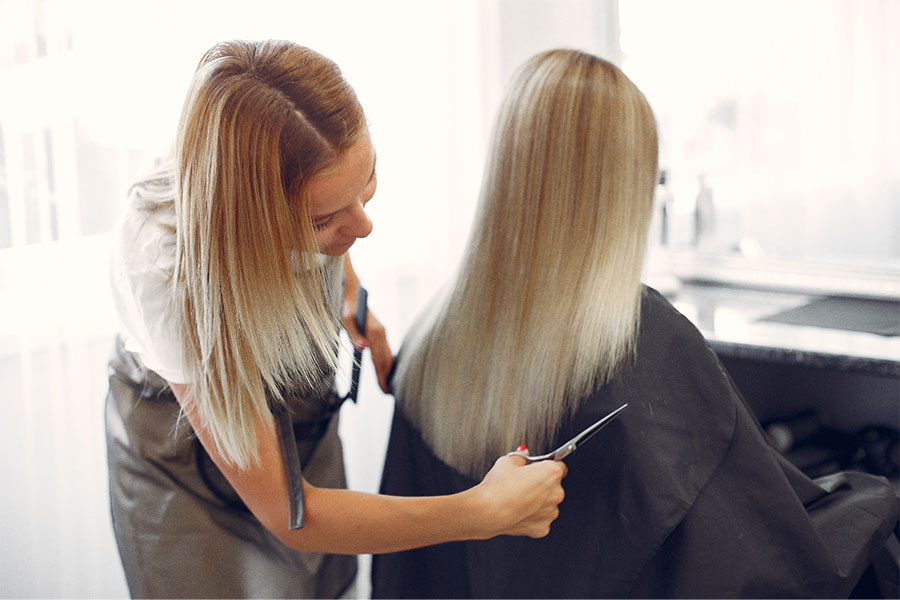
Achieve Flawless Hair With Intaglio
If you want the best keratin treatment results, visit a hair salon with experienced stylists and premium products. Intaglio uses skin- and strand-friendly formaldehyde-free keratin solutions to smooth your strands without weighing them down. Contact us today for a consultation.

